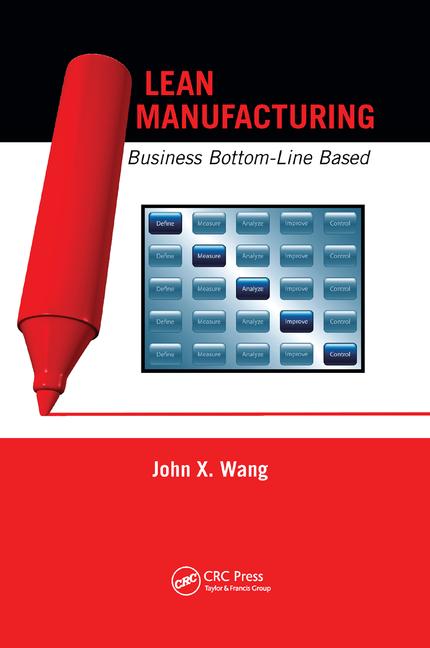A
lean tool won’t make you a lean thinker any more than a paintbrush or a sax
will make you Rembrandt or John Coltrane.
Two
things happen every time a tool emerges from the depths of the lean community
into mainstream use. First, the practice of lean gets stronger as organizations
become more capable and make new improvements. Second, the new practices become
misunderstood and misused, leading to new frustration and waste. For example,
using 5S to clean people’s desks and value stream mapping to increase inventory
buffers.
One example of a tool that has been around the lean community for years, and
recently become mainstream, is A3. An A3 is simply a way to present a report in
a simple and structured way. Some call it A3 thinking but to be clear, there is
no such thing as A3 thinking-there is only lean thinking. A3 reports are simply
a waste-free way for report writing and communication. The important point is
that the basic building blocks of an A3 report provide a nice little template
for lean thinking. So this tool can be helpful to anyone who wants to learn and
apply lean thinking.
There is no single “right” format, but in general an A3 report flows from a
problem statement or gap description, to current reality analysis, description
of the target condition, and finally the plan and measurements to evaluate
progress and validity. The format itself isn’t important-it won’t magically
turn you into a lean thinker any more than picking up a paintbrush or a sax
will magically turn you into another Rembrandt or John Coltrane. It is going
through the work of developing an A3 report for your situation that starts you
on the path to becoming a lean thinker.
It is essential to begin with the problem
statement, because it is a critical element on the path to lean thinking. There
are few things both more fundamental-and more frequently done poorly-than the
problem statement. How you structure the problem statement determines your
focus. Make sure your problem statement is actually about the current
observable condition, not about a perceived solution, cause or what you
want.
Before you jump to reactive solutions, it is essential to deeply
understand the current reality. This is not a sit-down exercise, it is an
activity. Go observe what is actually happening. You want the as-is, not the
supposed-to-be or the my-belief-is version of reality.
Before you start throwing Band-Aids at the problem, you should first develop a
clear target condition-the goal of where you want to be. This is not the result
you would achieve, this is how you will change the work in order to get the
result. You don’t want to just uncover solutions to problems, you want to
design the work to create a new and better reality. Bad systems beat good
people, and your job is to change the system.
As you work on any A3 project or problem, work in pencil. Two things happen
when you work in pencil. First, you are much more likely to draw pictures that
capture the system view-which is what you want-than just the results view.
Second, you are more able to backtrack as you learn. At least half of your
problem statements should-and will-change based on what you learn going through
the process.
Learn how to use A3 to help you understand and change the thinking of the
organization; don’t just grab it as “the next lean tooldu jour.” It isn’t A3 itself
that changes anyone’s thinking. But you cannot change what you cannot see, and
it is through using A3 that your thinking is brought out in the open for close
inspection. As a tool, it can help clarify the lean thinking you are applying
to your lean journey.
Jamie Flinchbaugh is a founder and
partner of the Lean Learning Center in Novi, MI, and the co-author of The Hitchhiker’s Guide to Lean: Lessons from
the Road.He shares his successful and varied experiences of
lean transformation as a practitioner and leader through companies such as
Chrysler and DTE Energy. He also has a wide range of practical experience in
industrial operations, including production, maintenance, material control,
product development and manufacturing engineering. Jamie is a graduate fellow
of the Leaders for Manufacturing Program at the Massachusetts Institute of
Technology, where his research thesis was on implementing lean manufacturing
through factory design. He also holds a B.S. in Engineering from Lehigh
University in Bethlehem, PA, and an M.S. in Engineering from the University of
Michigan. To contact Jamie directly, go to the web site www.leanlearningcenter.com.
Get our new eMagazine delivered to your inbox every month.
Stay in the know on the latest assembly trends.
SUBSCRIBE TODAY!Copyright ©2024. All Rights Reserved BNP Media.
Design, CMS, Hosting & Web Development :: ePublishing


